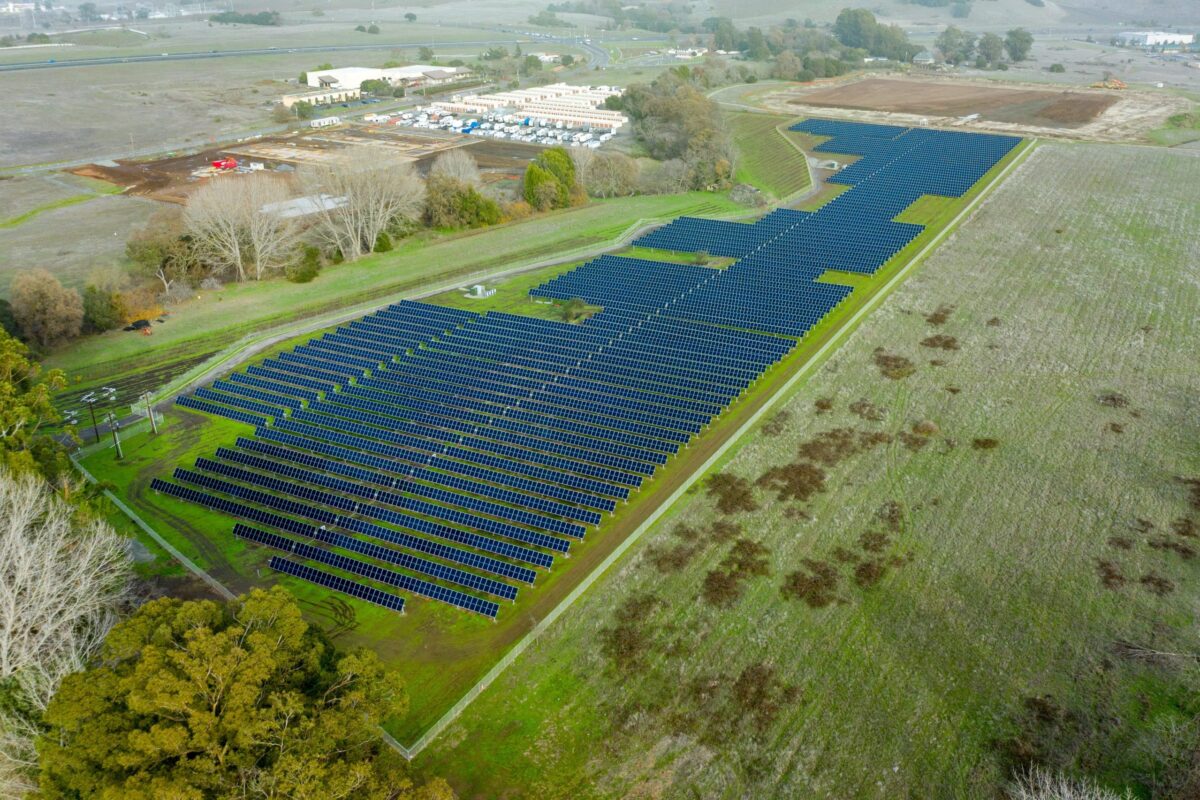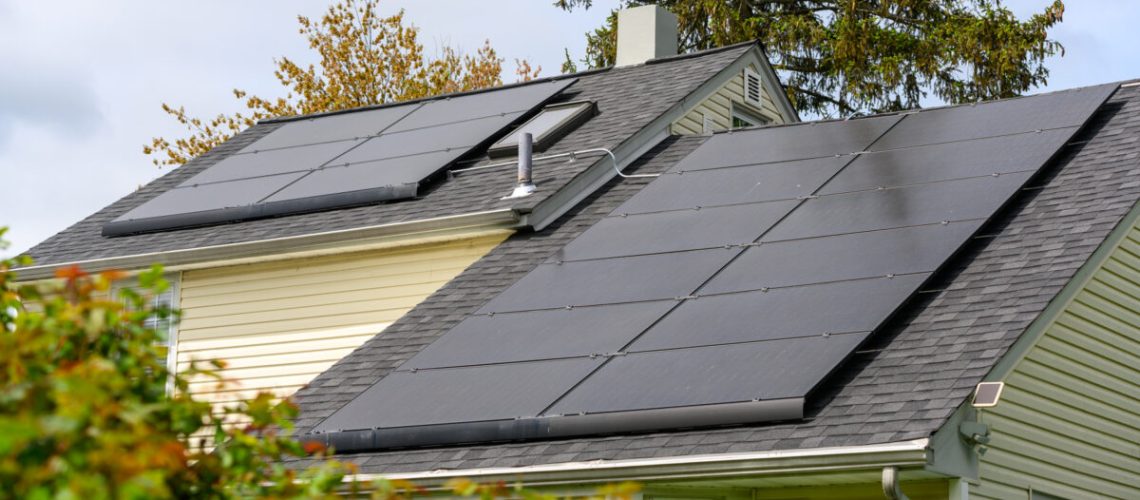Assemblymember John Harabedian of Pasadena introduced AB 740, legislation aimed at supporting virtual power plant (VPP) advancement in California.
VPPs are a system of distributed energy resources like rooftop solar, battery energy storage, bidirectional EV chargers and more. They enable a flexible, resilient grid that can adapt readily to shifting electricity demand on a more localized basis than centralized power. Flexible energy resources can dispatch power, or reduce power usage, from specific locations at peak electricity demand hours, delivering high-value electricity when it is needed most.
“As Californians face high energy bills, virtual power plants offer a simple solution – using clean energy already in our homes to stabilize the grid, lower costs, and strengthen our future. I’m proud to partner with Advanced Energy United and Environment California to make energy cleaner and more affordable in our state,” said Harabedian.
The bill would require:
- Require the California Energy Commission (CEC) to do modeling of VPPs on electricity costs and rate reduction in the biennial Integrated Energy Policy Reports (IEPR).
- Mandate the CEC submit a VPP implementation plan to the legislature with goals and milestones as part of the IEPR.
- Require investor-owned utilities (IOUs) to report annually on their progress toward meeting the state’s load shift goal.
A report from the Brattle Group estimated that VPPs can save California $750 million per year on electricity costs while advancing distributed clean energy adoption. Of the $750 million in savings, just under $200 million would be needed for implementation of distributed energy resource management systems to operate the VPP, as well as marketing and administrative costs to launch the program and reach customers.
The remaining roughly $550 million in savings would be passed on to customers.
Over the last decade, the U.S. has spent more than $120 billion on 100 GW of new generation capacity, mainly for resource adequacy. Brattle Group estimates nationwide utilities could save $35 billion by 2033 by focusing on VPPs for serving peak demand on the grid.
California electricity prices are roughly double the national average, making affordability a crisis for many of its residents.
“California is undergoing an electricity affordability crisis, and virtual power plants are a key tool that can drive down costs for everyone by leveraging technologies already found in people’s homes and businesses,” said Edson Perez, California lead at Advanced Energy United.
Popular content




